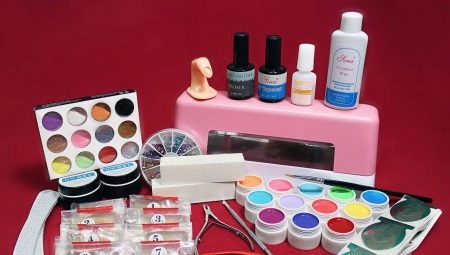For those women and girls who do not like to spend time and money on nail salons, but prefer to do everything themselves, it will be more convenient to purchase the necessary tools and materials for any work with nails, including for building them up. Moreover, there are no problems with this anymore - everything is on sale to choose from and prices do not “bite” like just a few years ago.
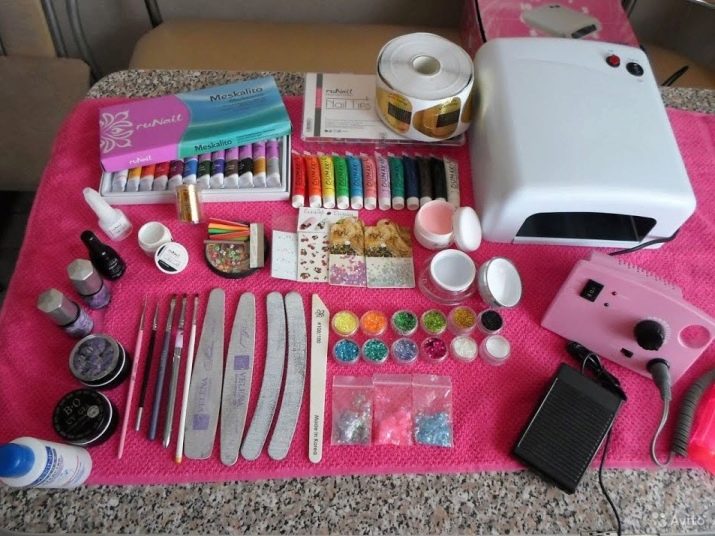
Necessary tools
For nail gel extension you will need The following main tools:
- devices and items for removing cuticles;
- files;
- brushes;
- buffs;
- pusher.
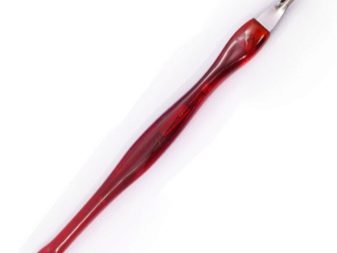
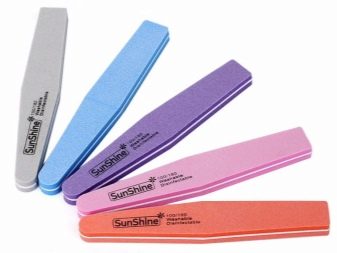
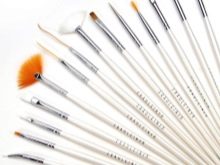


During the process, you may need other additional accessories:
- cutter - nippers used to adjust the tips (length reduction);
- brush - a product having a pile of synthetic materials (dust is swept away from the nails when they are filed);
- scraper - the same as a pusher, where one of the ends is a kind of ax.
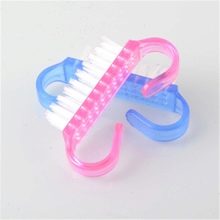
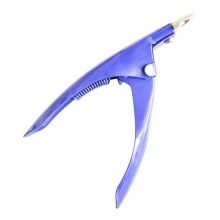
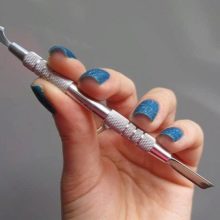
Let us consider in more detail only those tools that are definitely useful in the process.
Cuticle Remover
Removal of a keratinized or overgrown cuticle is one of the necessary conditions for creating a beautiful image of nails. Fortunately, nowadays it is full of different sets for home manicure, including, as a rule, scissors, nippers, tweezers and a nail file. A useful tool in this case is an orange stick, although it is usually not included in standard sets.The so-called orange stick (or you can use a pusher-scapula) is convenient to move the cuticle from the skin of the finger for its further elimination.
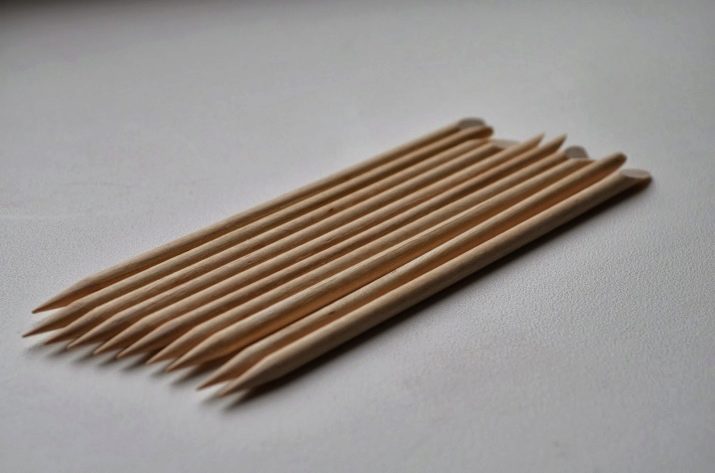
When choosing a set or purchasing items, it is worth paying attention to the sharpening of the scissor blades and the working surface of the nippers or tongs. Removing the cuticle with insufficiently sharp edges can cause skin injuries. If you cannot find enough sharp tools, you can resort to the services of a sharpening professional.
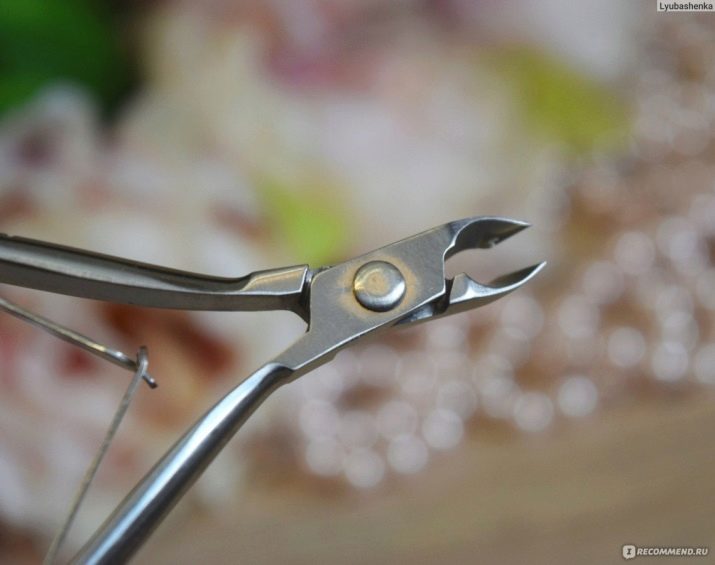
Files
Nail files are used to adjust the nail surface and shape both natural nails and extended surfaces. The main distinctive quality of the files is the level of roughness (rigidity): the lower the level, the harder the surface of the file and, accordingly, the more rough it is sawing. Usually a nail file with a roughness of 180x240 grit is used for its nails, and 100x100 grit for artificial nails. But this also depends on the condition of the nails, that is, the indicator can vary in one direction or another.
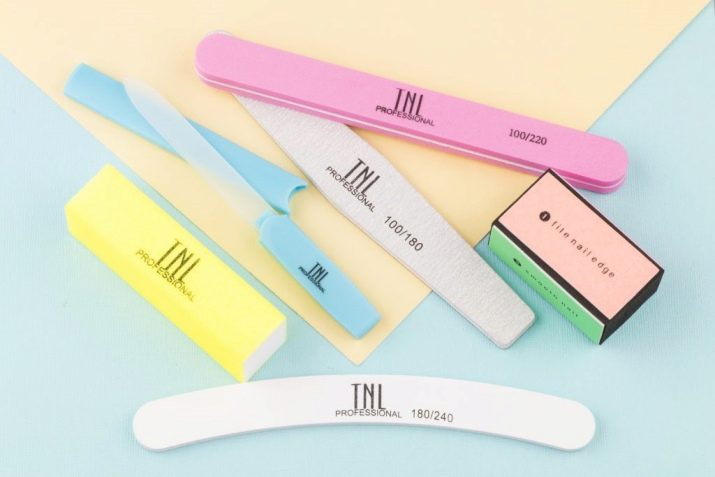
For filing natural nails, it is better to take nail files made of ceramics or glass, for extended ones - metal. If you pay attention to the shape, it is more convenient to use a file in the form of ovals to adjust the free edge, the shape of a boomerang for processing the nail area in the cuticle area and the shape of a rectangle for grouting the surface of the nail itself.

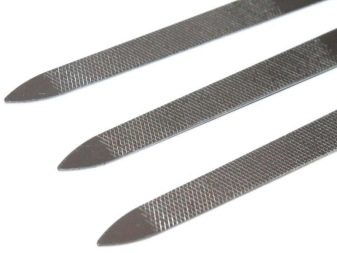
Brushes
They serve as indispensable assistants both when applying the main coating with gel on the plates of nails, and when decorating, creating patterns, patterns on the nails. It is better to choose brushes with a stiffer pile made of artificial material (two pieces with straight edges and two with narrowed ponytails).
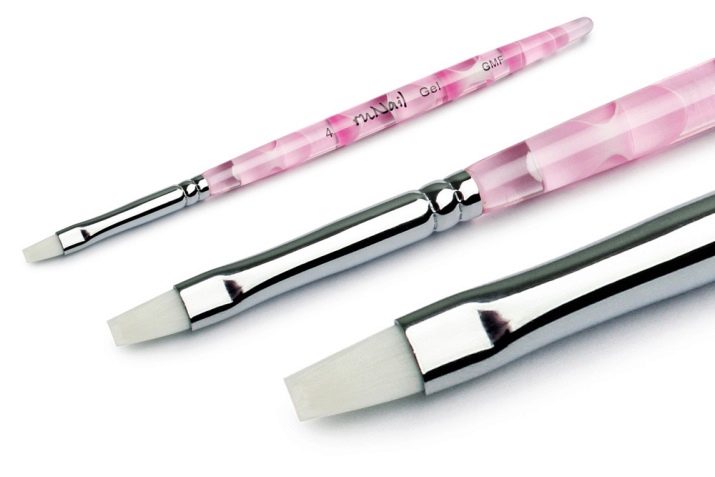
Buffs
Buff is a file that has a square cross section and a lower level of roughness than conventional files. The inside of the buff is foam rubber, and the outside is an emery cover. The buff in which each side differs from the other three by its rigidity is more convenient in operation.
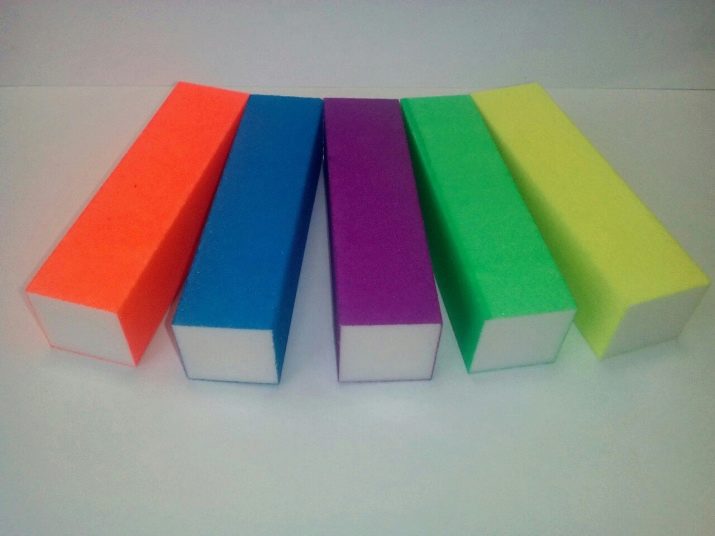
Pusher
The pusher is a double-sided metal stick designed to prepare the nail plates for applying the base gel on them - this side resembles a small knife - and to gently push the cuticle away - in the form of a small scapula - with its subsequent removal. Its surface between the tips is embossed for comfortable holding the tool.
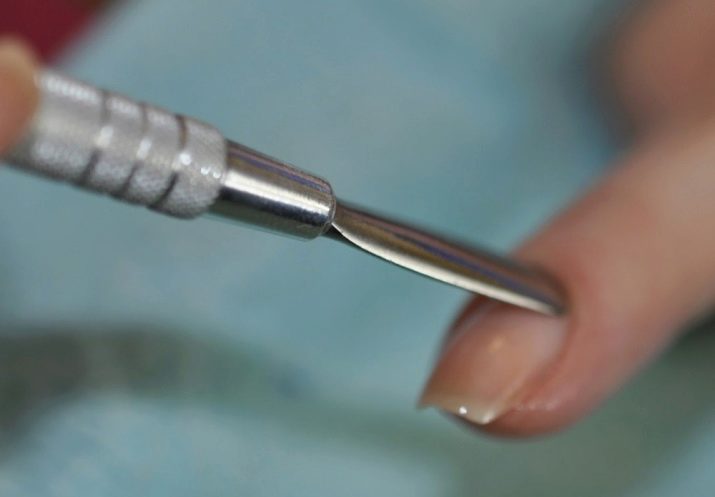
Material List
For home nail extensions will be required:
- molds and glue;
- gel polish (base coat and color gel);
- a primer;
- topcoat (top).
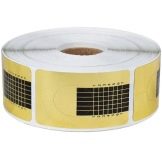
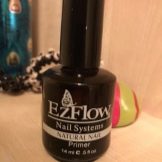

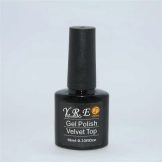
Gel covers will help to cover the house with nails and additional funds, which we will also consider in this article.
Molds and glue
Forms for nails can be in the form of paper rolls (disposable, "bottom"), plastic ("top") and metal (reusable) templates. For each nail, you need to choose your own shape.
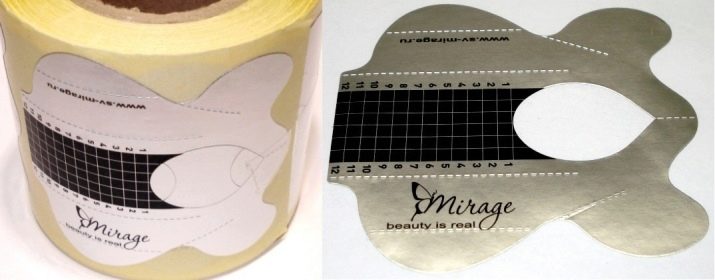
The upper and lower forms are called by the type of attachment to the nails: paper forms are fixed under a natural nail and gel is applied on top, and plastic forms must be filled with gel and then fixed on top of the nail surface.
Gel
The gel is a viscous substance, solidifying under the influence of ultraviolet rays. With it, you can create or adjust the shape of the nail and the coating will look as natural as possible.
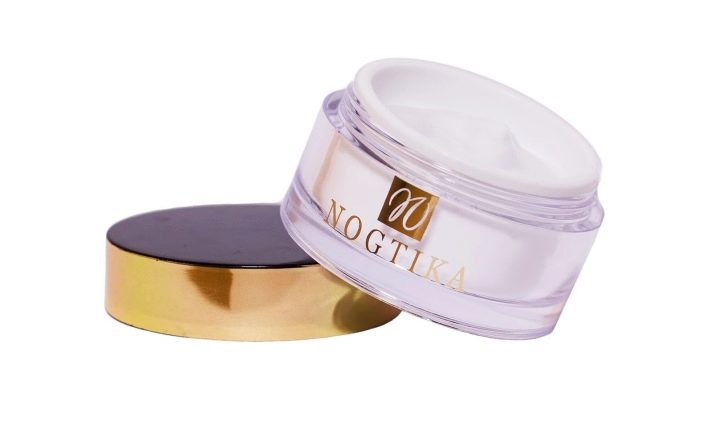
Gels for the extension procedure are divided into single, two and three phase. For use at home, a single-phase gel is the best option due to its cost-effectiveness and ease of use. Such a gel immediately acts as a base coating, modeling and fixing means (top) at the same time.
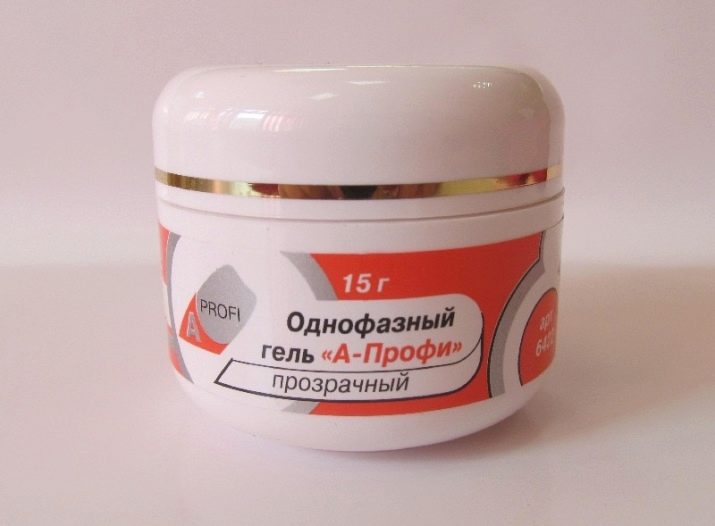
Two-phase gels are distinguished by the absence of a base coating. Such gels do not perform the functions of correction and protection of nails. When purchasing this option, you need to take care of the purchase of the so-called base.
Three-phase gels include each component (base, modeling gel and top) separately. The procedure for applying funds to the nail plates is as follows:
- base coverage (base);
- modeling gel (color gel polish);
- topcoat (top).

Consider the main components of the composition of gel polishes.
- Photo initiator. Thanks to this component, the gel absorbs ultraviolet rays.
- Film former. This component allows gel polish to harden when absorbed by ultraviolet rays.
- Pigments. A kind of dyes that give color to gel polish, but do not interfere with the absorption of ultraviolet rays.
- Active diluents. Provide adhesion of the gel to the nail plate and give it viscosity.
- Fillers and additives. This refers to various spangles, additives for plasticity and so on.
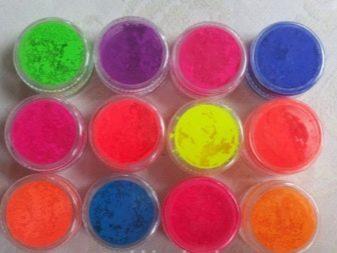
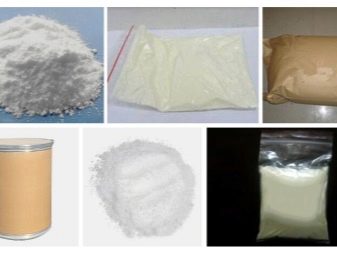
The composition of gel polish may include the following substances.
- Castor oil. It is also known under another name - riciniol. Varnishes with this component protect nails from harmful chemicals. The oil nourishes the nail plates with vitamins, which revitalizes them and gives a natural softness.
- Proteins Useful substances, the presence of which can be determined in a practical way when removing the nail coating. If there was protein in the gel polish, then the nails will be smooth even after removing the coating.
- Nitrocellulose. This component gives gel polish stability, glossy gloss, elasticity.
- Acetates (butyl and ethyl). They give viscosity to the gel without accumulating in the human body (they do not have the ability to penetrate under the nail plate). Butyl and ethyl acetates do not have pungent odors like formaldehyde or, for example, toluene.
- Ceramides. Substances whose use contributes to the growth of nails.
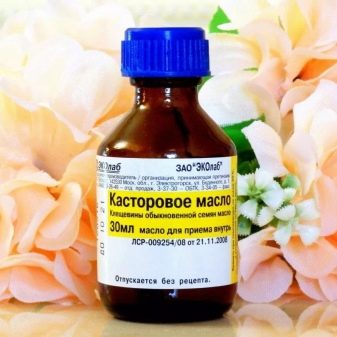
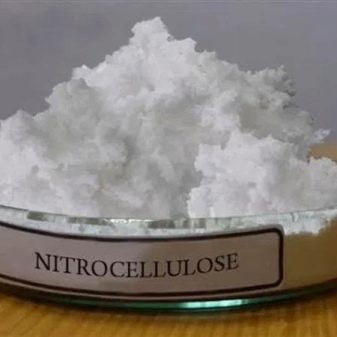
In the composition of gel polishes may be harmful components. We also list them.
- Toluene. The substance gives strength and elasticity to gel polish, but can penetrate the nail and cause burning sensations, itching. If toluene penetrates the blood of a person, this may affect his health. A pungent odor is one of the symptoms of a substance. In large doses or with frequent use, it causes allergic reactions, damage to the mucous membranes of the eyes and respiratory tract.
- Formaldehyde. The substance makes gel polish very elastic and strong. With frequent use, it destroys the natural strength of nails, in connection with which the nails begin to break, crumble, exfoliate and turn yellow. This component can cause cancer.
- Dibutyl phthalate. The component is used to increase the durability of the coating (lasts from a week or more). In addition, like the previous components, it negatively affects the functioning of the body - it can lead to disruption of the organs and hormonal failure. It has a strong effect on the quality of nails in a negative way.
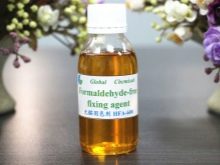
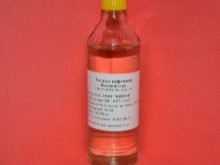
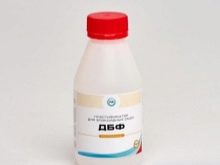
Primer
The primer is necessary to improve the effect of adhesion of the nail plate to the gel and prevent the formation of various bubbles and irregularities.
Primers come in two forms:
- ultrabond, which is an acid-free primer;
- nail prep (bond) is a primer with an acid content.
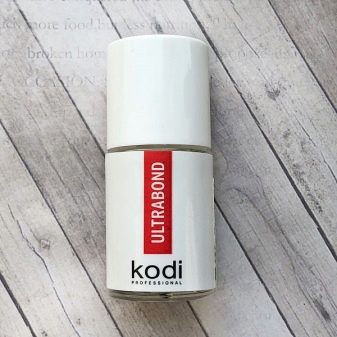
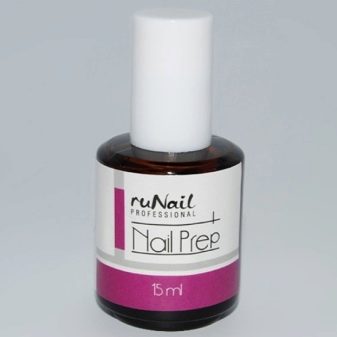
When applying an acid primer, the process of opening the nail plates occurs, due to which there is a better bonding of the base with the nail plate. The composition of the acid primer includes methacrylic acid.
Ultrabond is more preferable for home extension of nail plates and is suitable for fragile nails. It also improves the adhesion of the base to the nail surface, but costs about half its acid counterpart.
Top
Top is called the topcoat, used after applying the base and the modeling layer. Top serves to strengthen the nail, giving it smoothness and shine.
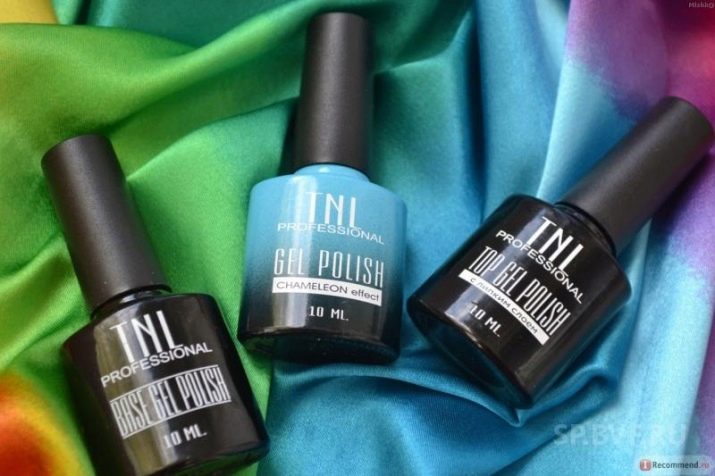
Additional coating products
Additional funds include:
- Degreaser (clinser). The degreaser is used to eliminate stickiness from the nail surfaces during operation at all stages: before applying the base layer, after the base, modeling layer, and finish coating have hardened. At home, it can be safely replaced with napkins with medical alcohol.Manufacturers offer more gentle, but also more expensive, acetone-free products.
- Tips. Products made of durable plastic, making it easy to simulate the necessary shape of the nails. Tips are easily filed, but to break them, you need to make considerable efforts. These tools have three parts: the contact edge (sticks to the natural nail plate), the extended length (it is thicker than the contact edge), and the stop line, which is located between the two previous parts. For a more natural look, tips are not only of different shapes, but also lengths: with a narrow plate, flat, with a wide plate, convex, spring-shaped.
- Napkins without lint. They are rolls from which a part of the required length is cut off. Nail plates are treated with napkins both in dry form and soaked in a solution (for example, in a degreaser).
- Cuticle oil. With the help of oil, the treated cuticle becomes soft, which prevents drying and cracking on it.
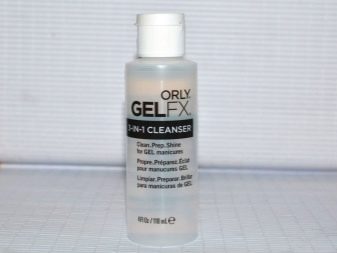
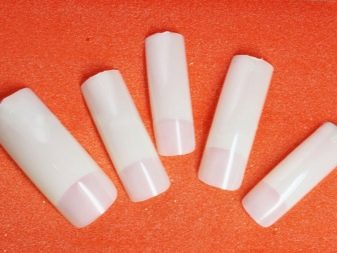
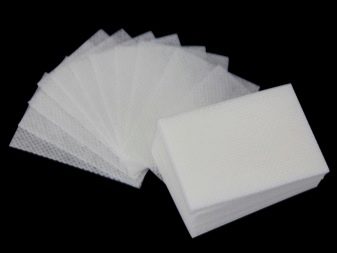
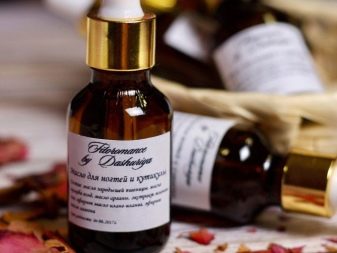
What kind of lamp is required for drying?
Without exposure to ultraviolet rays, gel polish will not harden. In this case, an ultraviolet lamp is required, which is now a huge variety on the shelves. The gel curing time depends on the lamp power, the thickness of the applied gel layer and its consistency.
Lamps are divided into two categories:
- Household. With power ratings up to 36 watts.
- Professional. From 36 watts and above.
For home use, you can buy a lamp with a power of 24 watts, but 36 is the best option. It is worth paying attention to the presence of a timer, which greatly facilitates the process of nail extension due to the lack of the need to monitor the time spent by the nails in the lamp.
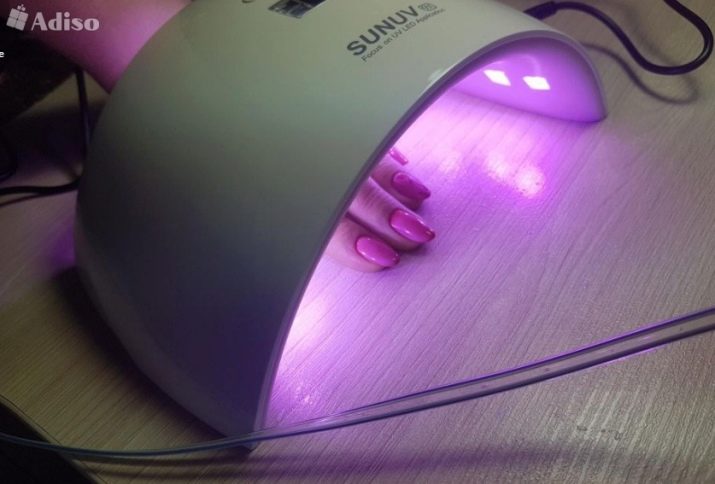
The more functions a UV lamp performs, the more expensive it is. At the same time, you should not buy new-fangled lamps for the home (a fan, a touch monitor and, for example, you do not need a retractable bottom).
In addition to power, you should pay attention to the presence of a quality certificate, the weight of the lamp and the material from which it is made (brittle materials can be damaged or even become unusable when dropped).
Gel rating
Among the many gel polishes for building in our time You can highlight the products of some reputed manufacturers.
- IBD
- Soak off by IBD.
- Balance Basic Clear Gel.
- Nubar.
- Madelon.
- CNI.
- Sagitta.
- Nogtika.
- Irisk professional
- Formula Profi.
- Alex Beauty Concept.
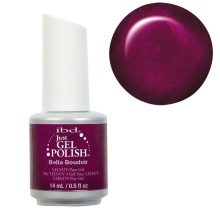
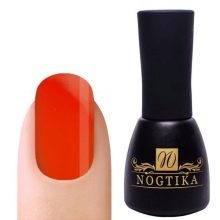
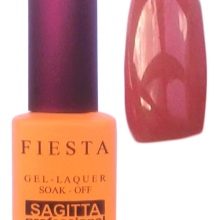
The list contains manufacturers of gel polishes, the quality of which modern masters give their preference to. Each line of gel polishes is characterized by consistency, a color palette and other qualities that the master selects according to his own requests.
When buying multiple gels, you need to choose products from the same manufacturer. Please note that the gel should be plastic in consistency (not too thick, but not too liquid) and not have pronounced odors.
The base coat should be transparent, odorless and should be rather liquid in consistency than thick, since its layer should be thin.
Modeling gel for building is also better to choose transparent (there are also translucent "stained-glass" gels for design). This gel polish should be self-leveling on the nail plate.
Not so long ago, gel chewing gum appeared on the shelves. The substance is similar to plasticine, it is pink. When working with it, drying is possible without an ultraviolet lamp.
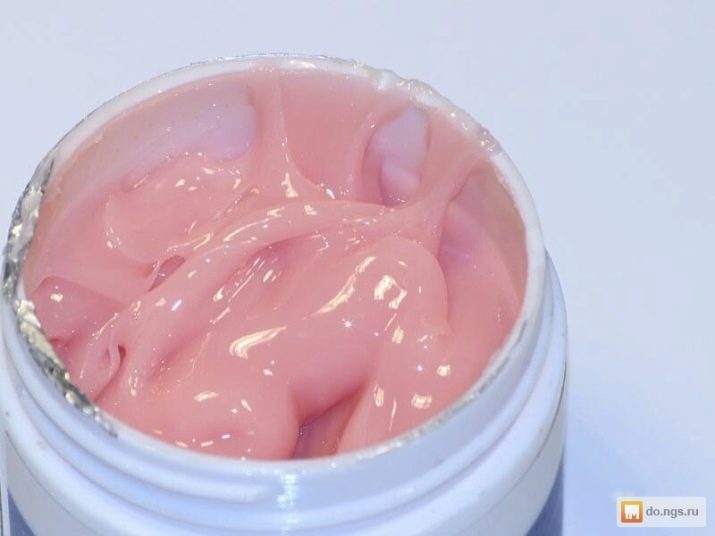
The topcoat, like the basecoat, should be liquid and transparent, odorless.
You will learn more about gel nail extension tools and materials from the video below.
